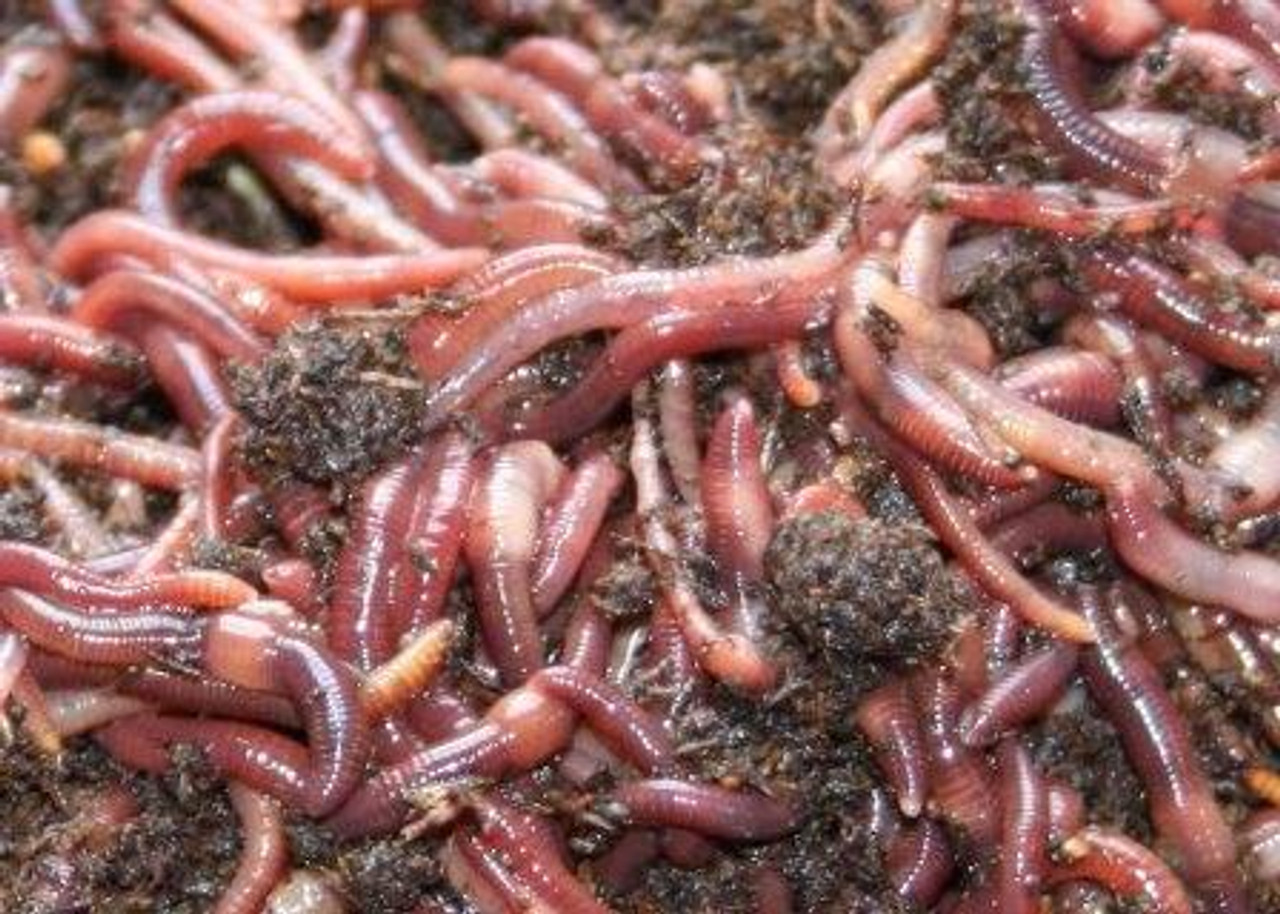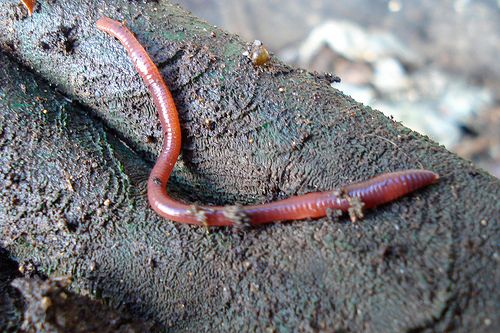Stock Up on Essentials with Lake Hickory Bait for Your Next Adventure
Stock Up on Essentials with Lake Hickory Bait for Your Next Adventure
Blog Article
Red Wigglers: The Unsung Heroes of Organic Waste Recycling
Red wigglers, or Eisenia fetida, work as crucial agents in the natural waste recycling procedure, changing discarded materials right into beneficial vermicompost. Their effective break down of natural matter not only improves dirt high quality but additionally adds to lasting waste monitoring methods. As the world progressively looks for services to battle waste buildup and improve agricultural productivity, recognizing the function of these worms ends up being vital. What devices enable them to prosper in garden compost settings, and just how can they be efficiently used in both residential and commercial setups? Discovering these inquiries exposes the more comprehensive implications of vermicomposting in our eco-friendly landscape.
What Are Red Wigglers?
The impressive durability of red wigglers, scientifically referred to as Eisenia fetida, underscores their critical duty in natural waste recycling. These tiny, reddish-brown earthworms are commonly found in breaking down natural matter, such as compost heap and manure loads. Lake Hickory Bait. Unlike various other earthworm types, red wigglers prosper in nutrient-rich atmospheres and are extremely reliable at breaking down natural products, making them vital for vermicomposting

(Red Wiggler Express)Along with their role in waste reduction, red wigglers contribute to soil wellness by improving dirt framework and aeration through their delving tasks (Lake Hickory Bait). Their visibility in composting systems not just improves decay rates but likewise promotes a lasting method to throw away management, showing their value in eco-friendly preservation efforts
Advantages of Composting With Worms
Composting with worms, especially red wigglers, uses many benefits that enhance both waste monitoring and dirt health and wellness. Initially, these worms efficiently damage down natural waste, converting it right into nutrient-rich vermicompost that improves soil. This process increases decay, permitting for a faster recycling of cooking area scraps and other organic materials contrasted to traditional composting approaches.
Additionally, the vermicompost generated by red wigglers is teeming with useful bacteria, which help improve dirt framework, oygenation, and moisture retention. This improves the overall health of plants, promoting strenuous development and boosted returns in yards and agricultural setups. Additionally, using worms in composting lessens the production of greenhouse gases, such as methane, adding to a much more lasting waste management system.

How to Start Vermicomposting
Developing a vermicomposting system is an uncomplicated process that can produce considerable benefits for both waste administration and dirt enrichment. To begin, pick an ideal container, such as a plastic container or wood box, with sufficient air flow holes to ensure correct air flow. The measurements should preferably be around 2 feet by 3 feet, allowing sufficient space for the worms to flourish.
Following, prepare bed linens product, which can be composed of shredded newspaper, cardboard, or coconut coir. This bedding should be dampened to produce an ideal habitat for the worms. Once the bed linen remains in area, present red wigglers (Eisenia fetida) into the bin, generally around one extra pound of worms for each square foot of area.
Following the placement of worms, add organic waste, such as fruit and vegetable scraps, coffee grounds, and crushed eggshells. With these steps, you will efficiently launch a vermicomposting system that adds to sustainable waste management and enriches your soil.
Maintaining a Healthy Worm Bin
(Red Wiggler Express)Maintaining a worm container growing requires normal attention and treatment to ensure the wellness of the red wigglers and the efficiency of the composting process. Appropriate upkeep begins with checking the dampness levels; the bin must perspire however not soaked. A great guideline of thumb is to preserve a consistency comparable to a wrung-out sponge.
Oygenation is crucial. Delicately mixing the bedding and food scraps every couple of weeks avoids compaction and guarantees that all worms have access to oxygen. In addition, it is necessary to feed the worms appropriately. A well balanced diet of fruit and vegetable scraps, coffee grounds, and crushed eggshells should be used in small amounts to stay clear of overfeeding, which can result in odors and pests.
If the bin comes to be also warm or chilly, the worms may come to be stressed. By vigilantly taking care of these elements, one can keep a robust and efficient worm container.
Influence on Lasting Living
The effective maintenance of a worm container not only Red Wiggler Express benefits the health and wellness of red wigglers but additionally contributes considerably to lasting living methods. By recycling organic waste, such as cooking area scraps and lawn particles, red wigglers help divert substantial quantities of material from garbage dumps. This decrease in waste not only reduces greenhouse gas exhausts but likewise reduces the ecological worry related to waste administration.
Furthermore, the spreadings produced by red wigglers function as a nutrient-rich organic plant food, boosting dirt health and promoting plant development. This natural alternative to chemical fertilizers supports sustainable agriculture and horticulture techniques, minimizing reliance on artificial inputs that can hurt communities. In addition, worm composting cultivates awareness of waste management, urging people and areas to take on more lasting habits.

Verdict
In recap, red wigglers offer as vital contributors to organic waste recycling through their efficient decomposition of organic materials. By incorporating vermicomposting right into waste monitoring approaches, people and communities can significantly lower waste while advertising environmental sustainability.
Report this page